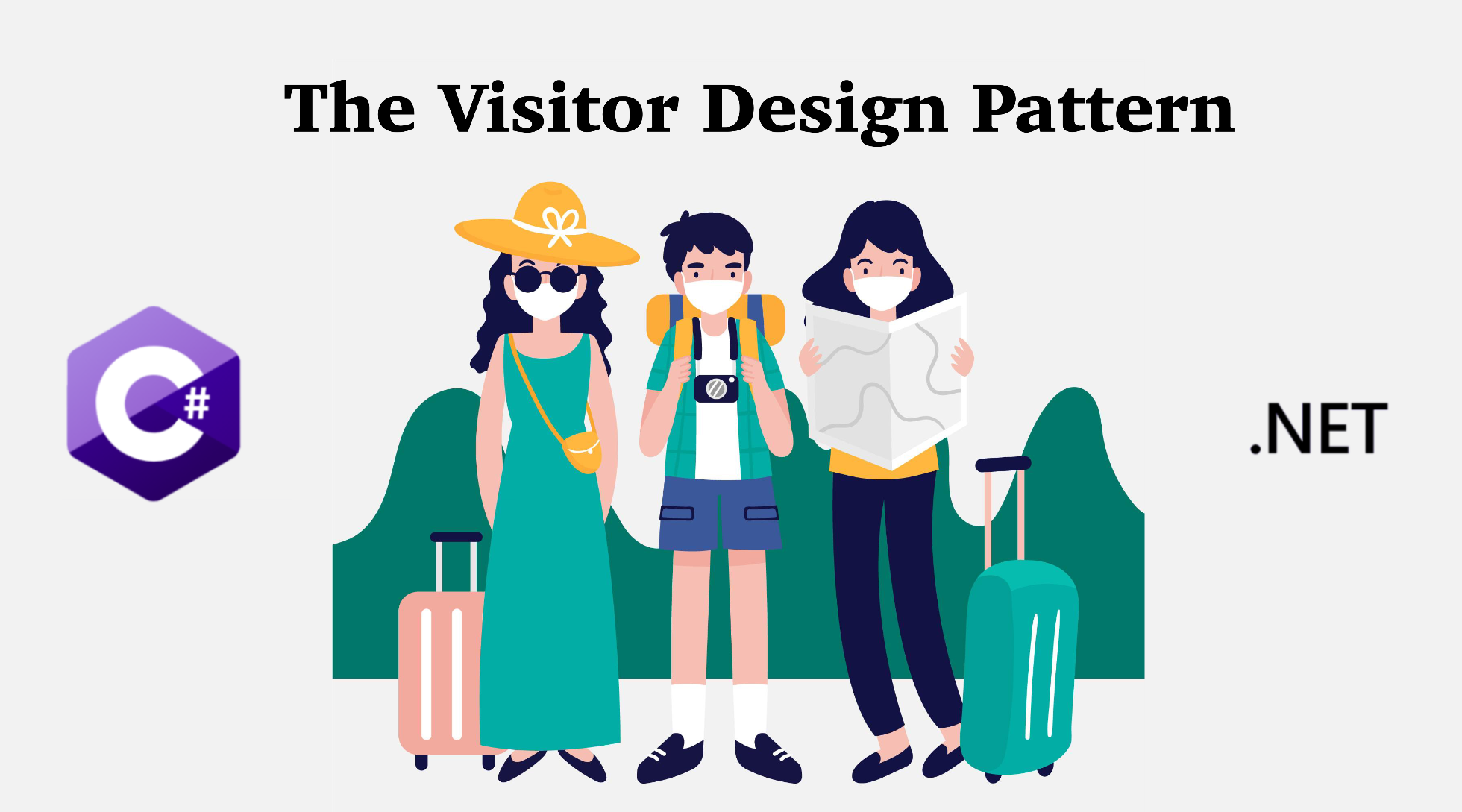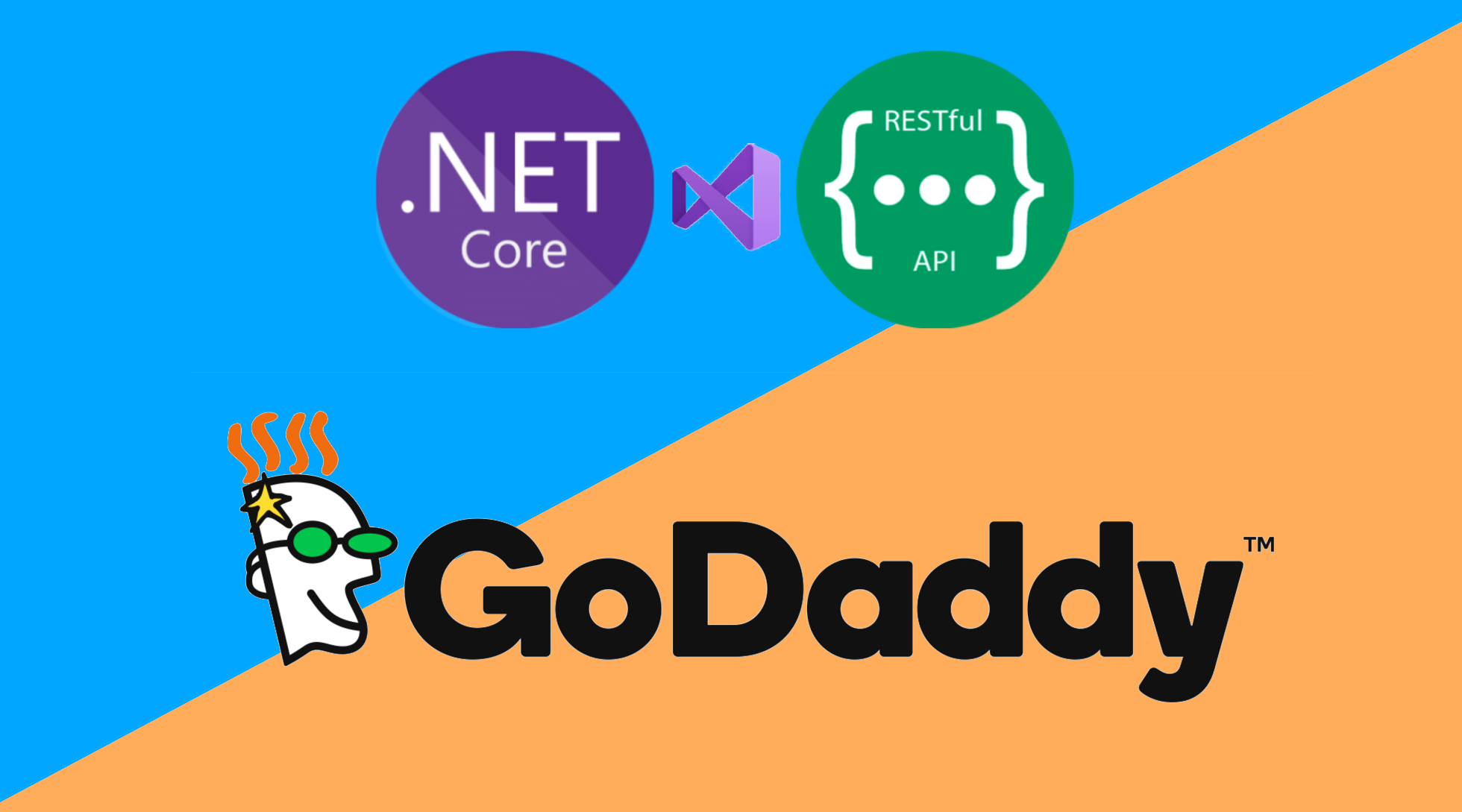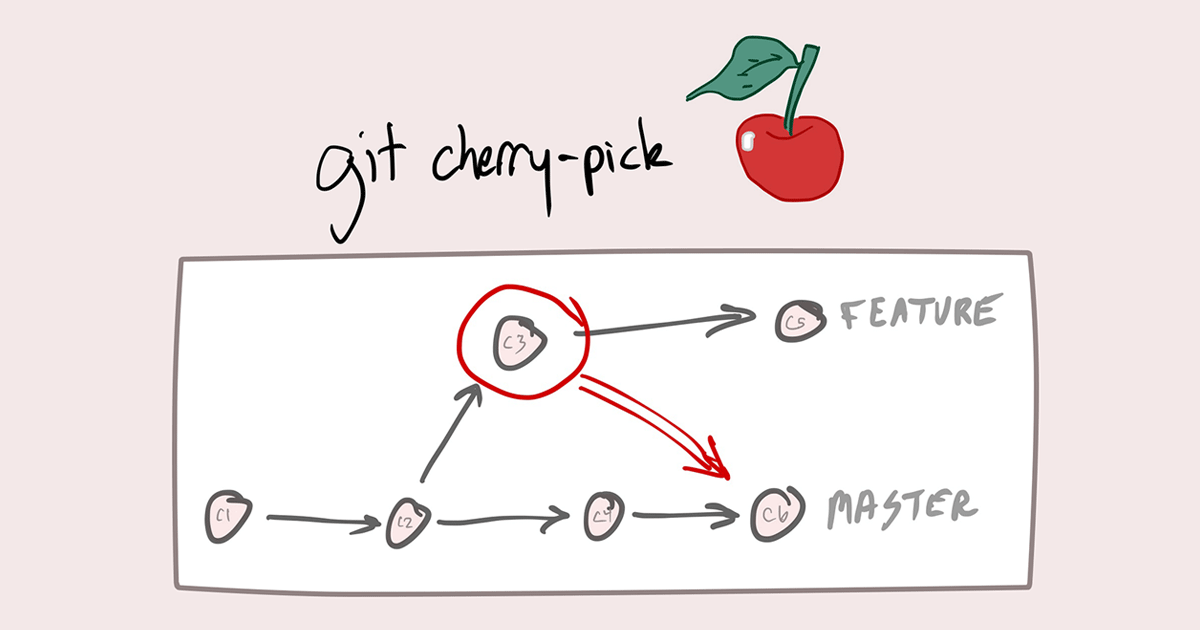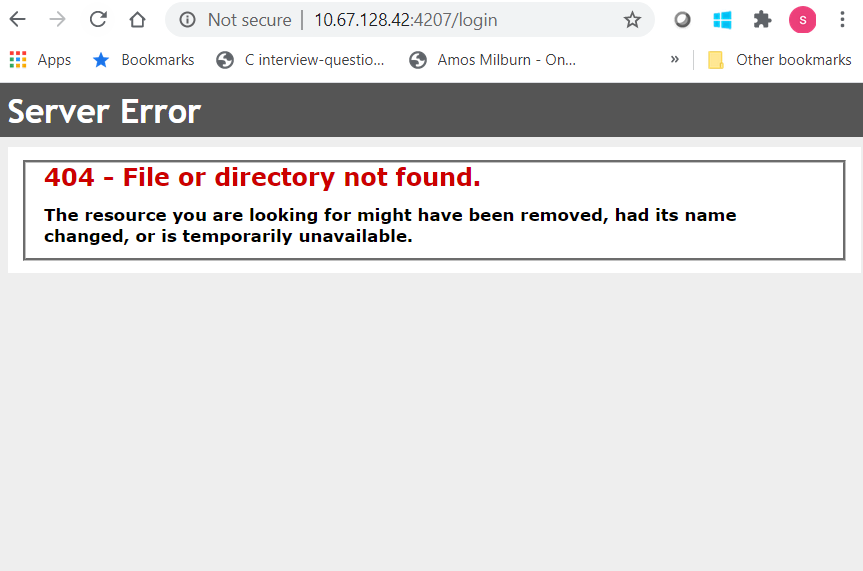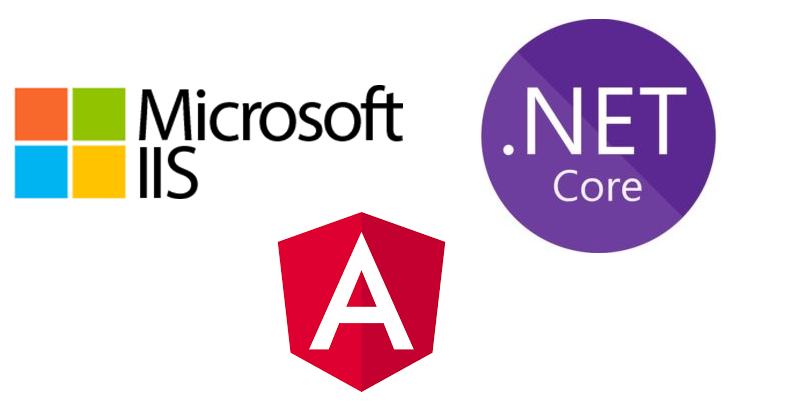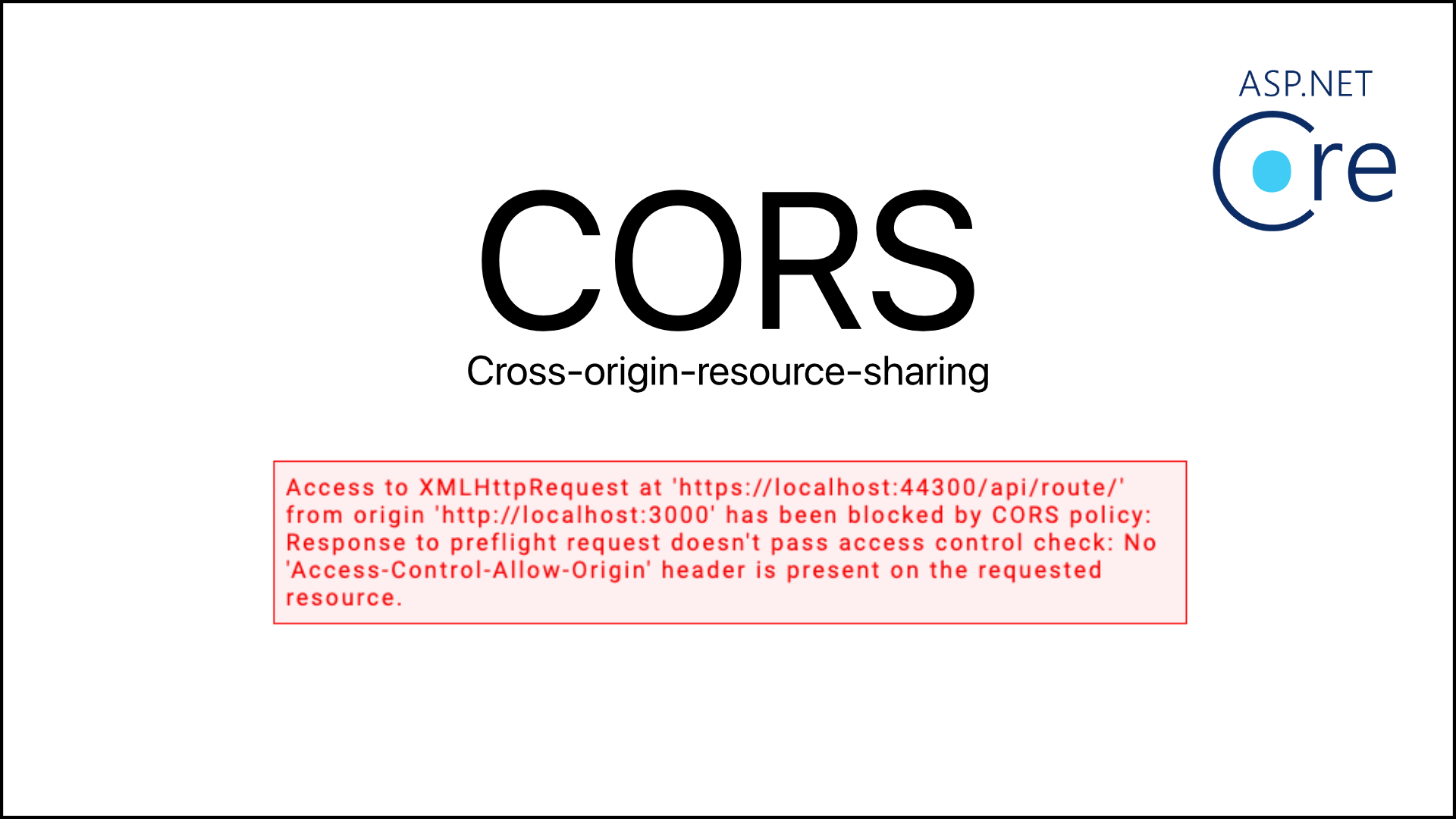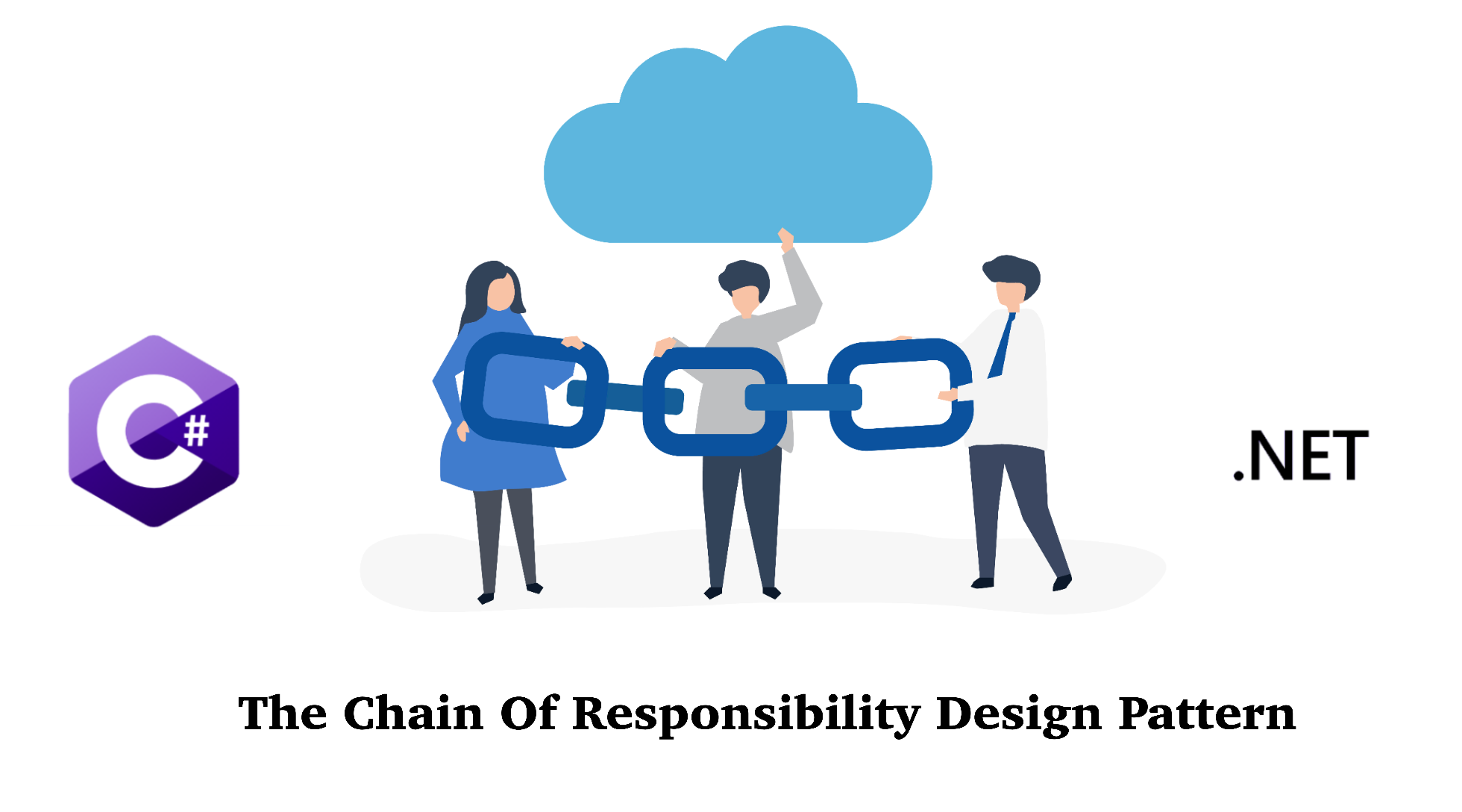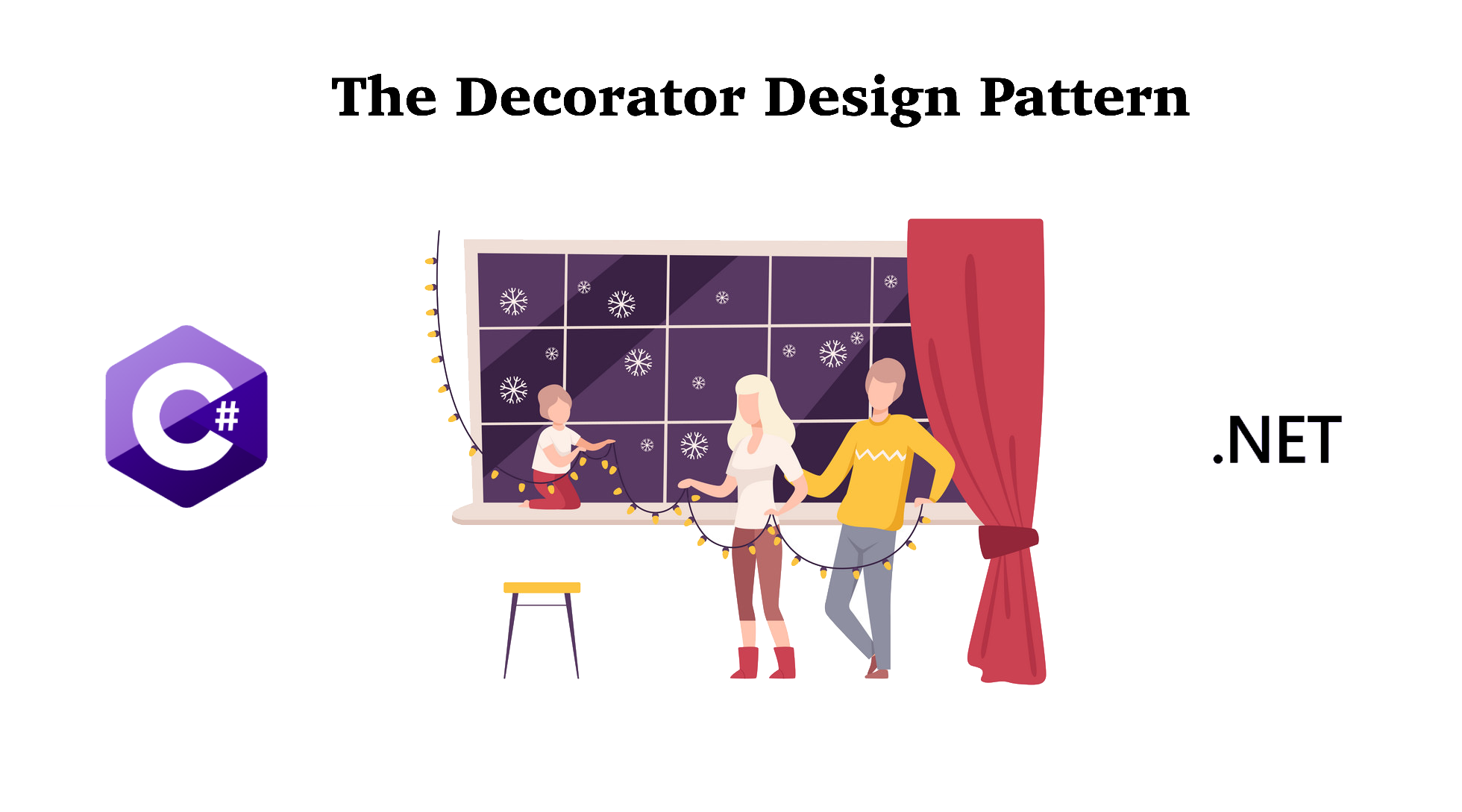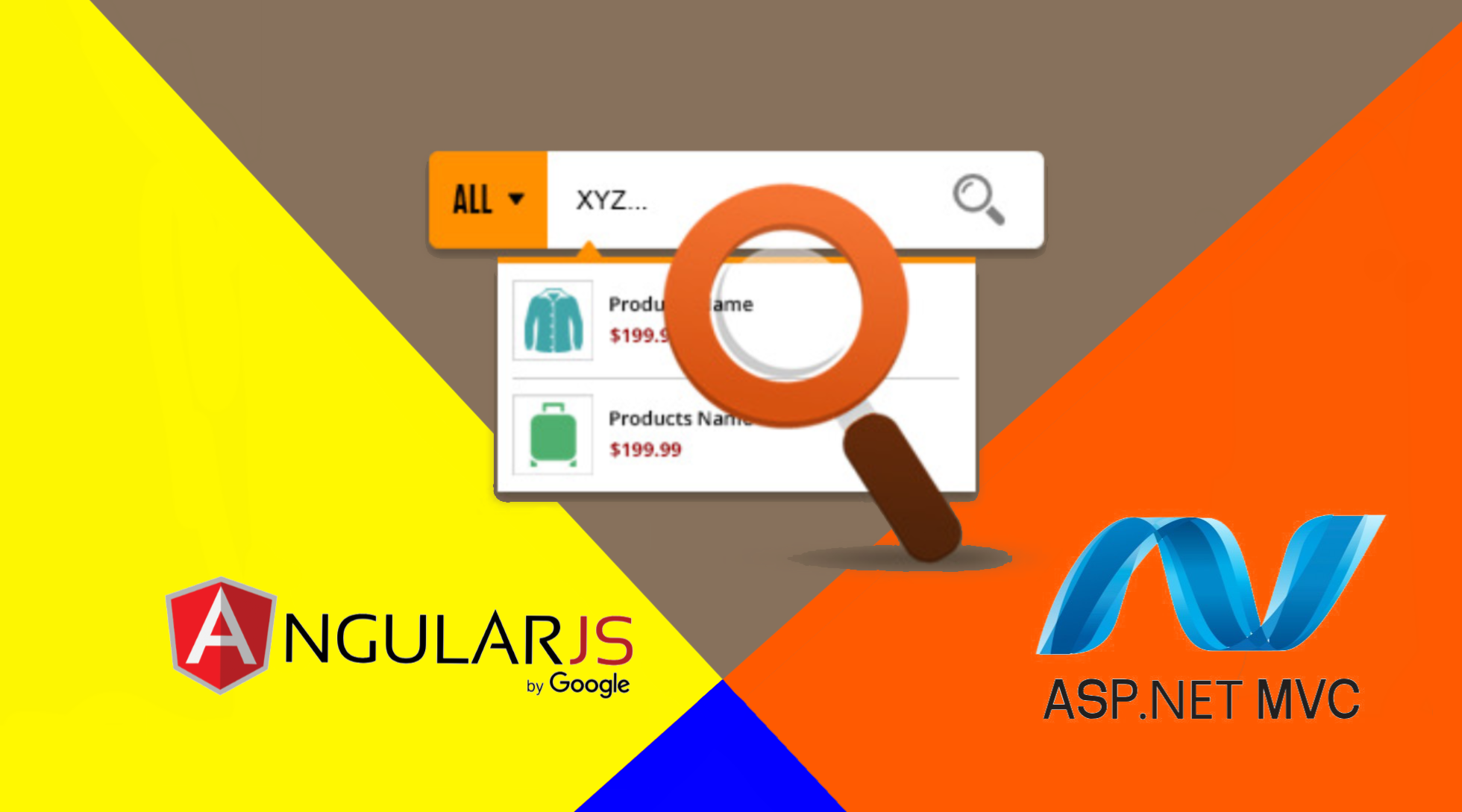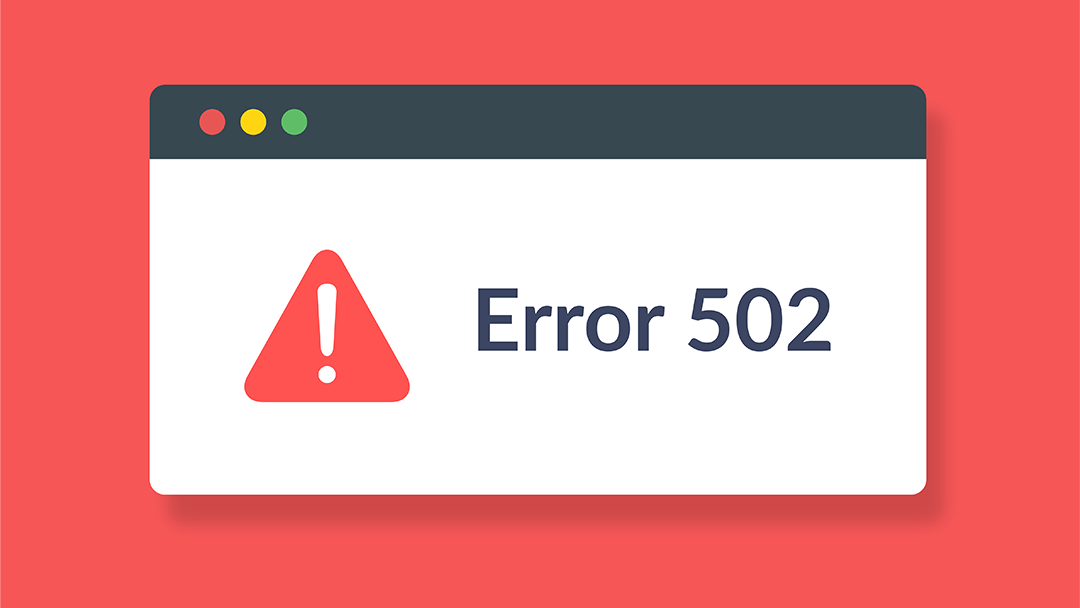The last design pattern in the Behavioral Category, and also the last design pattern in this series, is the Visitor Design Pattern. Let's take a look at the definition of this pattern and see how to implement it in C# and .Net.
Note: Code can be downloaded at my Github.
1. What is the Visitor Design Pattern?
Visitor is a behavioral design pattern that lets you separate algorithms from the objects on which they operate.
The visitor design pattern is a way of separating an algorithm from an object structure on which it operates. A practical result of this separation is the ability to add new operations to existing object structures without modifying the structures.
2. When to implement the Visitor Design Pattern?
The Visitor Design Pattern should be implemented when:
- you need to perform an operation on all elements of a complex object structure (for example, an object tree).
- you want to clean up the business logic of auxiliary behaviors.
- a behavior makes sense only in some classes of a class hierarchy, but not in others.
3. How to implement the Visitor Design Pattern?
Below is how to implement the Visitor Design Pattern in C# and .Net step by step:
Step 1: Create Component classes
// The Component interface declares an `accept` method that should take the
// base visitor interface as an argument.
public interface IComponent
{
void Accept(IVisitor visitor);
}
// Each Concrete Component must implement the `Accept` method in such a way
// that it calls the visitor's method corresponding to the component's
// class.
public class ConcreteComponentA : IComponent
{
// Note that we're calling `VisitConcreteComponentA`, which matches the
// current class name. This way we let the visitor know the class of the
// component it works with.
public void Accept(IVisitor visitor)
{
visitor.VisitConcreteComponentA(this);
}
// Concrete Components may have special methods that don't exist in
// their base class or interface. The Visitor is still able to use these
// methods since it's aware of the component's concrete class.
public string ExclusiveMethodOfConcreteComponentA()
{
return "A";
}
}
public class ConcreteComponentB : IComponent
{
// Same here: VisitConcreteComponentB => ConcreteComponentB
public void Accept(IVisitor visitor)
{
visitor.VisitConcreteComponentB(this);
}
public string SpecialMethodOfConcreteComponentB()
{
return "B";
}
}Step 2: Create Visitor classes
// The Visitor Interface declares a set of visiting methods that correspond
// to component classes. The signature of a visiting method allows the
// visitor to identify the exact class of the component that it's dealing
// with.
public interface IVisitor
{
void VisitConcreteComponentA(ConcreteComponentA element);
void VisitConcreteComponentB(ConcreteComponentB element);
}
// Concrete Visitors implement several versions of the same algorithm, which
// can work with all concrete component classes.
//
// You can experience the biggest benefit of the Visitor pattern when using
// it with a complex object structure, such as a Composite tree. In this
// case, it might be helpful to store some intermediate state of the
// algorithm while executing visitor's methods over various objects of the
// structure.
class ConcreteVisitor1 : IVisitor
{
public void VisitConcreteComponentA(ConcreteComponentA element)
{
Console.WriteLine(element.ExclusiveMethodOfConcreteComponentA() + " + ConcreteVisitor1");
}
public void VisitConcreteComponentB(ConcreteComponentB element)
{
Console.WriteLine(element.SpecialMethodOfConcreteComponentB() + " + ConcreteVisitor1");
}
}
class ConcreteVisitor2 : IVisitor
{
public void VisitConcreteComponentA(ConcreteComponentA element)
{
Console.WriteLine(element.ExclusiveMethodOfConcreteComponentA() + " + ConcreteVisitor2");
}
public void VisitConcreteComponentB(ConcreteComponentB element)
{
Console.WriteLine(element.SpecialMethodOfConcreteComponentB() + " + ConcreteVisitor2");
}
}Step 3: Create code for Client use
public class Client
{
// The client code can run visitor operations over any set of elements
// without figuring out their concrete classes. The accept operation
// directs a call to the appropriate operation in the visitor object.
public static void ClientCode(List<IComponent> components, IVisitor visitor)
{
foreach (var component in components)
{
component.Accept(visitor);
}
}
}Done! Now you can implement the code on client side.
class Program
{
static void Main(string[] args)
{
List<IComponent> components = new List<IComponent>
{
new ConcreteComponentA(),
new ConcreteComponentB()
};
Console.WriteLine("The client code works with all visitors via the base Visitor interface:");
var visitor1 = new ConcreteVisitor1();
Client.ClientCode(components, visitor1);
Console.WriteLine();
Console.WriteLine("It allows the same client code to work with different types of visitors:");
var visitor2 = new ConcreteVisitor2();
Client.ClientCode(components, visitor2);
}
}Output:

4. Conclusion
The Visitor Design Pattern is helpful but complicated to implement. I hope this article helps and please let me know your thoughts in the comment section below.
